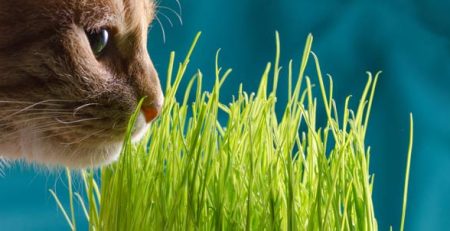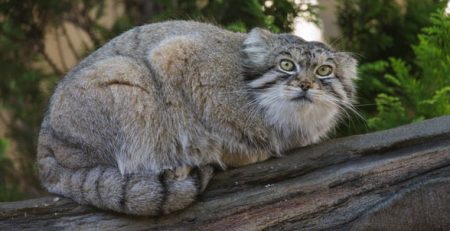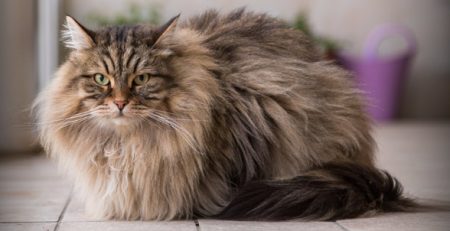Cat of Pallas: lonely and dusky, symbol of wild beauty
The Pallas cat, known scientifically as Otocolobus manul, is a small wild feline native to the steppes of Central and East Asia.
This animal was first described in 1776 by German naturalist Peter Simon Pallas.
The scholar devoted his work to this mysterious feline, highlighting its peculiarities and adaptability to arid and variable environments.
The name “Pallas’ cat” comes from its discoverer who provided the first scientific description of this species.
“Otocolobus” comes from the Greek and means “bare ear,” referring to the particular shape of its ears, which are different from those of other felines.
In some regions, the Pallas cat is also known as “manul“, which comes from the Mongolian “manul” and refers to its habit of living in grasslands and steppes.
Where Pallas’ cat lives
Pallas’ cat is widespread in a wide geographic area that includes mainly the steppes of Central Asia, in countries such as Mongolia, Kazakhstan, Afghanistan, China, and Russia.
It prefers open, sunny habitats with rocky terrain and grassy vegetation where it can find natural shelters and hunt.
The diet of Pallas’s cat consists mainly of rodents, such as the steppe rat and other small mammals such as the Pika.
Pallas’ cat has a distinctive and easily recognizable appearance
It is small in size compared to other domestic felines, ranging from 46 to 65 cm in length and weighing between 2.5 and 4.5 kg.
The fur is thick and soft, with a color tending toward sandy gray or beige, enhanced by dark streaks that provide effective camouflage in the surrounding environment.
The ears are small and rounded while the eyes are large and round.
Compared with other felines, the Pallas cat has a round pupil, not a vertical pupil.
Characteristics: solitary, dusky and nocturnal
One of the most striking characteristics of the Pallas cat is its solitary behavior.
Although it may create temporary bonds during the mating season, these felines tend to live and hunt alone.
They are mainly crepuscular and nocturnal and are activated during the cooler hours of the day.
Another key aspect is their adaptability to the environment.
Due to their body shape and thick fur, these felines are able to withstand the extreme temperatures and climatic variations of the steppes, which can range from cold winters to hot summers.
Among the interesting facts about Pallas’s cat is its peculiar mode of communication.
In fact, it emits a series of vocalizations but does not produce actual meows like other cats.
A species near threat
Unfortunately, Pallas’ cats are classified as a “near threatened” species.
They are hunted for their fur, but the exploitation of large areas of their habitat for livestock and agriculture also challenges their survival.
The Pallas cat is in all respects a wild animal that must be protected in its native habitat and cannot be kept as a pet.
In Italy, the keeping of exotic animals is regulated by law, and Pallas’ cat is among the species protected by CITES.
A global working group to protect Pallas’ cat.
Fortunately, there is anassociation, PICA(Pallas‘s CatInternational Conservation Alliance) formed in 2016, which is dedicated to preserving the life of Pallas’s cat, studying it and protecting it.
PICA promotes conservation actions by supporting the global network of the Manul Working Group.
For Pallas’ cat, we can only raise awareness of the importance of protecting and safeguarding him, but for your cat, whatever you need, contact the veterinary doctors on our staff who are always available to you.
We would also like to remind you that Clinica La Veterinaria is always open h24 every day including holidays and with First Aid service from 8 pm to 8 am.











